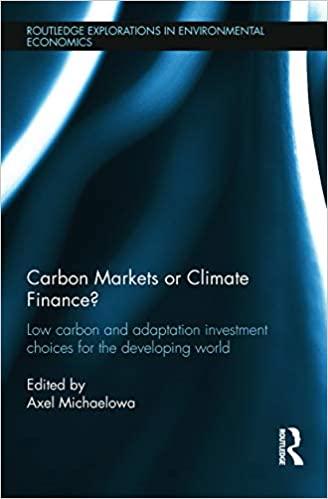3. Suppose another citrus producer had expressed an interest in leasing the lite orange juice production site for $25,000 a year. If this were true in fact, it was not), how would that information be incorporated into the analysis? blow wolt bad 4. What is Indian River's Year 0 net investment outlay on this project? What is the expected nonoperating cash flow when the project is terminated at Year 4? (Hint: Use Table 1 as a guide.) on s mostly bo 5. Estimate the project's operating cash flows. (Hint: Again use Table 1 as a guide.) What are the project's NPV, IRR, modified IRR (MIRR), and payback? Should the project be undertaken? [Remember: The MIRR is found in three steps: (1) compound all cash inflows forward to the terminal year at the cost of capital, (2) sum the compounded cash inflows to obtain the terminal value of the inflows, and (3) find the discount rate which forces the present value of the terminal value to equal the present value of the net investment outlays. This discount rate is defined as the MIRR.) 000,012 100001 choosing between two Year Expected Net Cash Flow Project S Project L 0 ($100,000) ($100,000) 160,000 33,500 2 60,000 33,500 33,500 33,500 3 Initial Investment and Operating Cash Flow Year O End-of-Year Net Abandonment Cash Flow $40,000 24.800 16,000 0 ($40,000) 16,800 16,000 14,000 1 2 3 3. Suppose another citrus producer had expressed an interest in leasing the lite orange juice production site for $25,000 a year. If this were true in fact, it was not), how would that information be incorporated into the analysis? blow wolt bad 4. What is Indian River's Year 0 net investment outlay on this project? What is the expected nonoperating cash flow when the project is terminated at Year 4? (Hint: Use Table 1 as a guide.) on s mostly bo 5. Estimate the project's operating cash flows. (Hint: Again use Table 1 as a guide.) What are the project's NPV, IRR, modified IRR (MIRR), and payback? Should the project be undertaken? [Remember: The MIRR is found in three steps: (1) compound all cash inflows forward to the terminal year at the cost of capital, (2) sum the compounded cash inflows to obtain the terminal value of the inflows, and (3) find the discount rate which forces the present value of the terminal value to equal the present value of the net investment outlays. This discount rate is defined as the MIRR.) 000,012 100001 choosing between two Year Expected Net Cash Flow Project S Project L 0 ($100,000) ($100,000) 160,000 33,500 2 60,000 33,500 33,500 33,500 3 Initial Investment and Operating Cash Flow Year O End-of-Year Net Abandonment Cash Flow $40,000 24.800 16,000 0 ($40,000) 16,800 16,000 14,000 1 2 3









